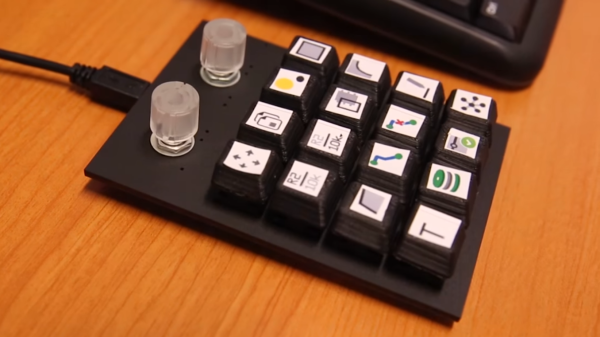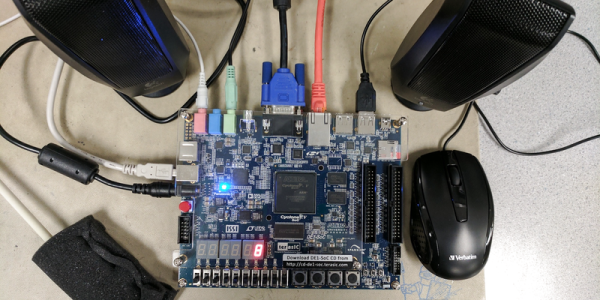Today we’re excited to announce the winners of the Internet of Useful Things phase of The Hackaday Prize. The future will be connected, and this is a challenge to build devices connected to the Internet that are useful. These projects are the best the Internet of Things have to offer, and they just won $1000 each and will move on to the final round of the Hackaday Prize this fall.
Hackaday is currently hosting the greatest hardware competition on Earth. We’re giving away thousands of dollars to hardware creators to build the next great thing. Last week, we wrapped up the second of five challenges. It was all about showing a design to Build Something That Matters. Hundreds entered and began their quest to build a device to change the world.
There are still three more challenges to explore over the next few months. So far, the results have been spectacular. The winners for the Internet of Useful Things portion of the Hackaday Prize are, in no particular order:
Internet of Useful Things Hackaday Prize Finalists:
- 20 MSPS ADC Raspberry Pi Hat
- Affordable Water Level Measuring Station
- City Air Quality
- Connected Health: Open Source IoT Patient Monitor
- Cosmic Array
- Device For Seismic Noise Analysis
- ESP32 Monster Board
- FireBreakNet
- Hacker’s Smart Electric Bicycle Controller
- HeartyPatch: A Single-lead ECG-HR Patch With ESP32
- iDONT (Internet Doorbell ON/off Trigger)
- MeshPoint – wifi router for humanitarian crisis
- Open Source IOT Platform
- rDUINOScope
- SLoRa – Wireless weather station for agriculture
- Sotto: A Silent One-Handed Modular Keyset
- The NanoStillery – Whiskey Distillery
- Tipo : Braille Smartphone Keypad
- ZeroPhone – a Raspberry Pi smartphone
- FarmCorder: Crop nutrition deficiency sensor
Continue reading “Twenty IoT Builds That Just Won $1000 In The Hackaday Prize”


















